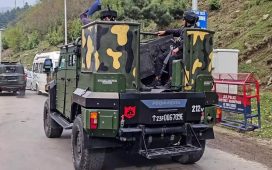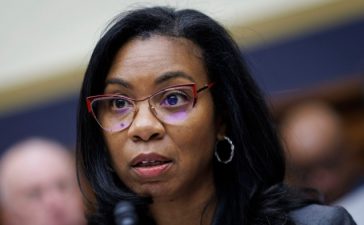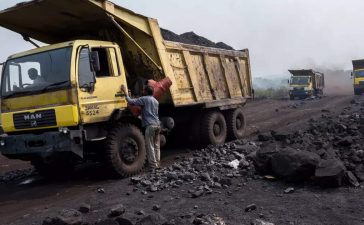
These steps have come on the back of several warnings. Earlier this month, the World Meteorological Organization‘s report stated that 2023 was the hottest year ever recorded, and 2024 could be worse. The Indian Meteorological Department, too, forecasts higher-than-average temperatures and almost double the number of heatwave days – 10-20 days, against the four-eight days every summer.
Yet when one hears the ongoing poll discourse, rising heat, which can have deep health and socioeconomic impact on voters, is hardly on any party’s agenda. No political party has released guidelines for their foot soldiers or those who will attend rallies, even though extreme heat events can lead to illnesses, including heat cramps, heat exhaustion, heatstroke, hyperthermia, and even death. In April 2023, 11 people died at an open-air rally in Navi Mumbai. Instead of waiting for such mishap(s) to happen, political parties must release heat SOPs, avoid public gatherings during afternoons, and use this time to engage with voters on heat mitigation and adaptation strategies. Voters must demand that heatwaves be notified of a national disaster to ensure adequate funding for response, relief and rehabilitation efforts. With climate change’s impacts becoming more visible, extreme weather events must become an issue in elections, both for choosing poll timing and tenure, and a step for devising a multi-sectoral heat management plan.










